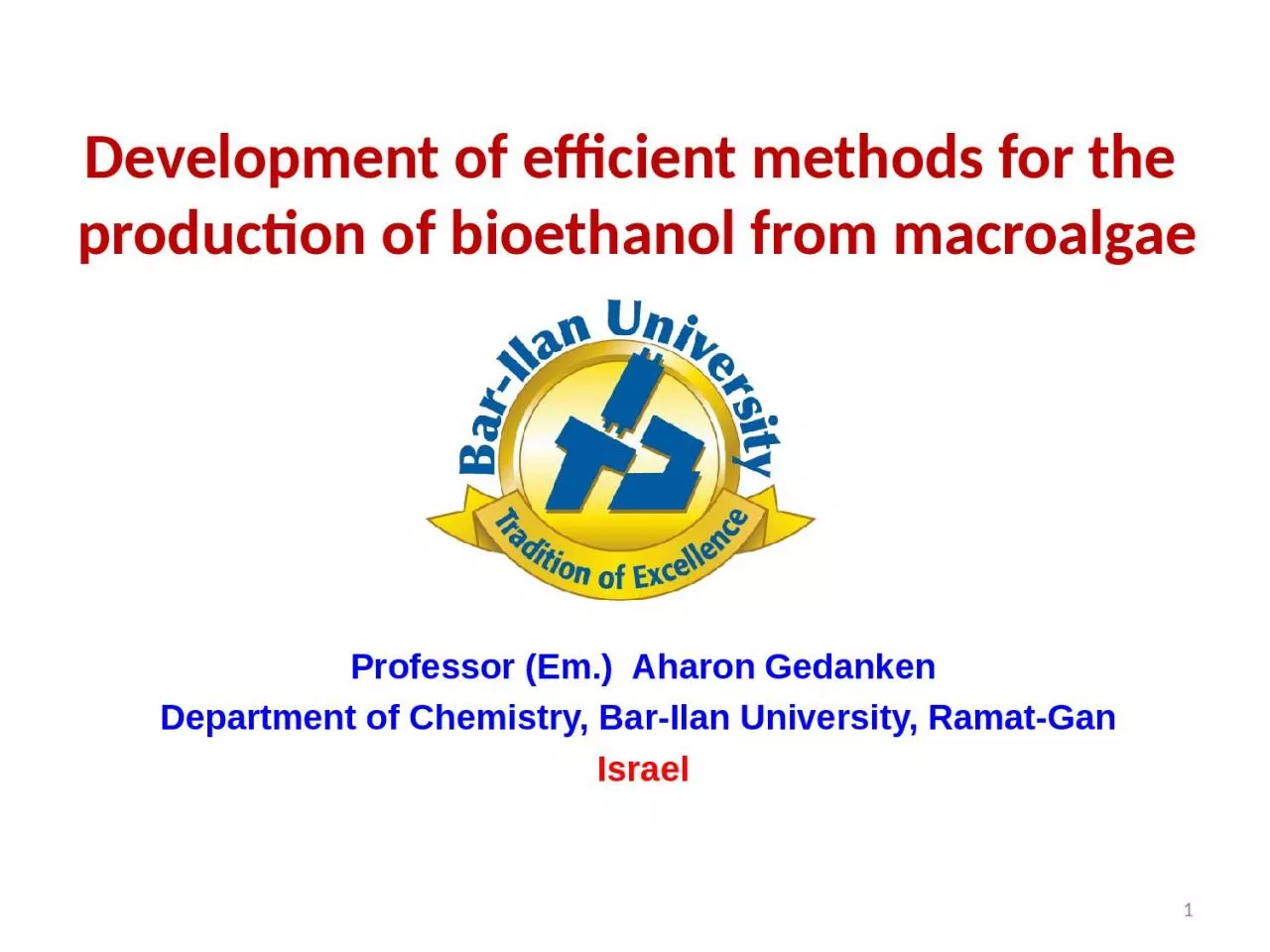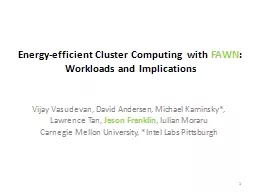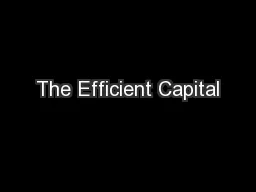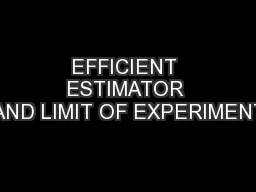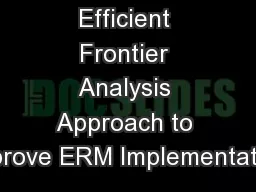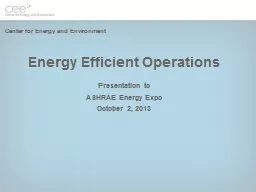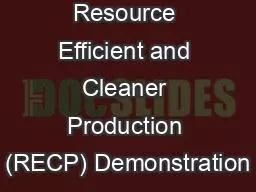PPT-1 Development of efficient methods for the
Author : ximena | Published Date : 2024-01-13
production of bioethanol from macroalgae Professor Em Aharon Gedanken Department of Chemistry Bar Ilan University Ramat Gan Israel 2 Alternate Energy Sources
Presentation Embed Code
Download Presentation
Download Presentation The PPT/PDF document "1 Development of efficient methods for t..." is the property of its rightful owner. Permission is granted to download and print the materials on this website for personal, non-commercial use only, and to display it on your personal computer provided you do not modify the materials and that you retain all copyright notices contained in the materials. By downloading content from our website, you accept the terms of this agreement.
1 Development of efficient methods for the: Transcript
Download Rules Of Document
"1 Development of efficient methods for the"The content belongs to its owner. You may download and print it for personal use, without modification, and keep all copyright notices. By downloading, you agree to these terms.
Related Documents

